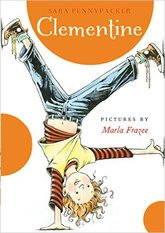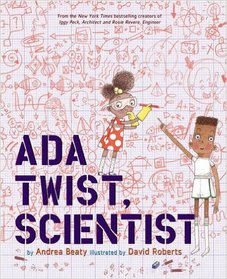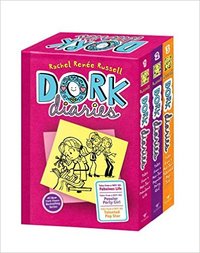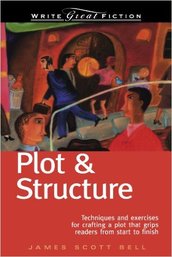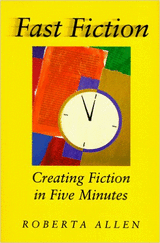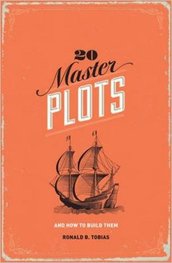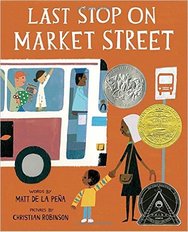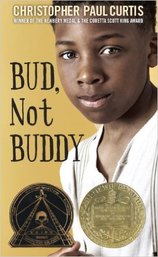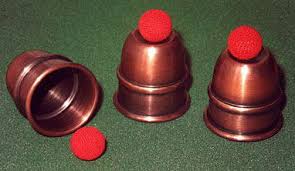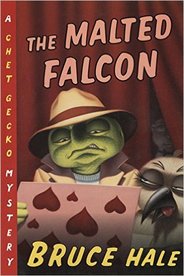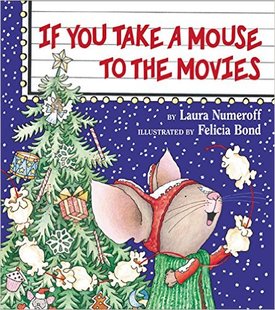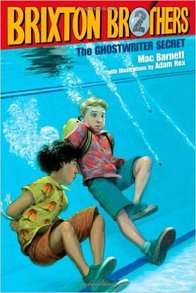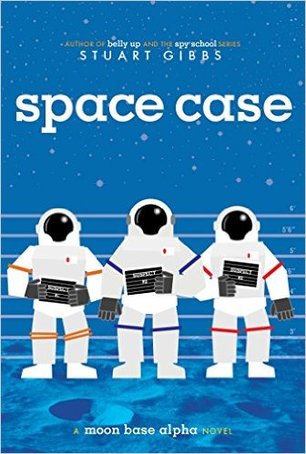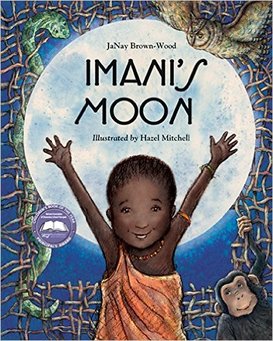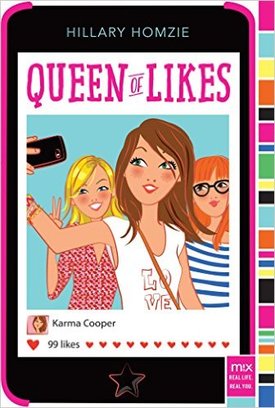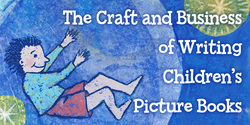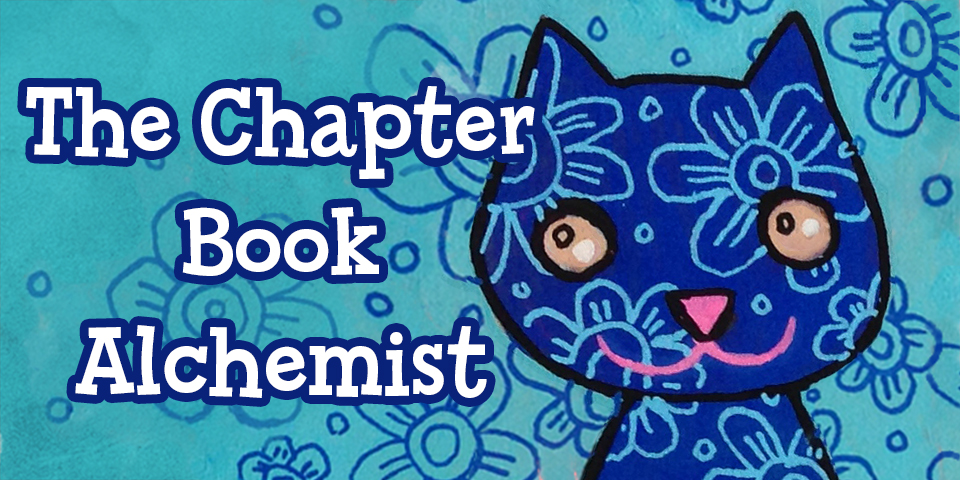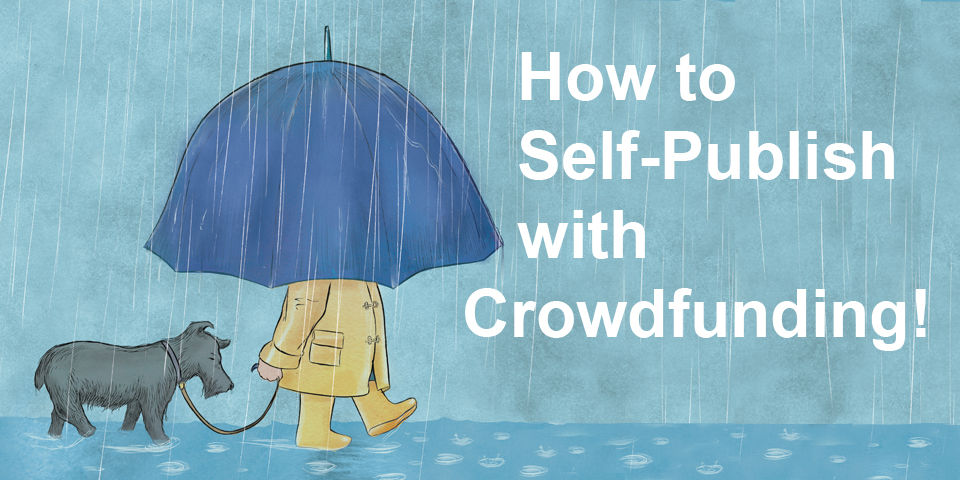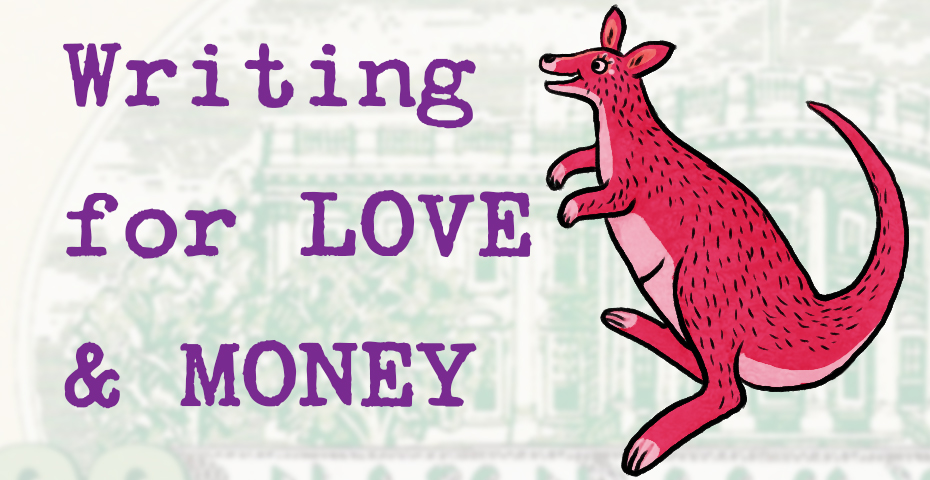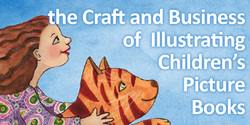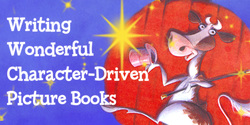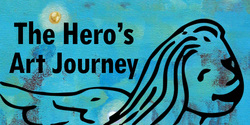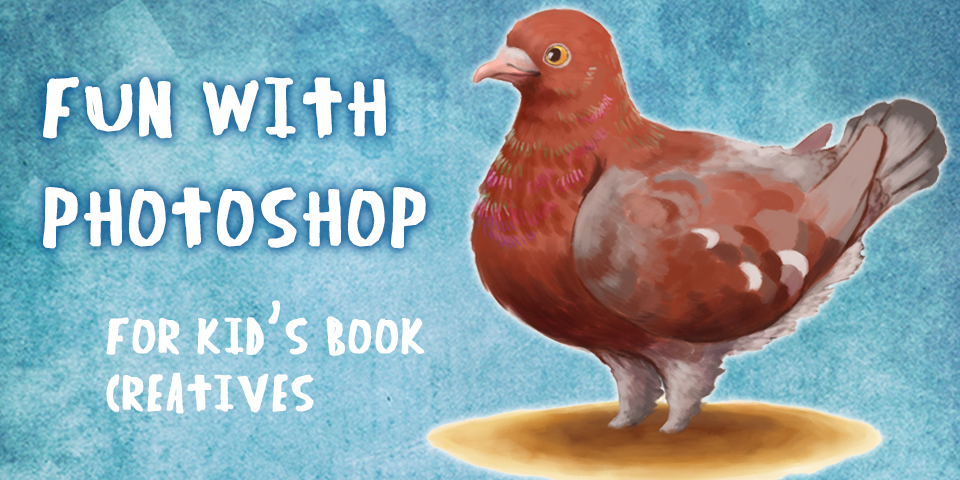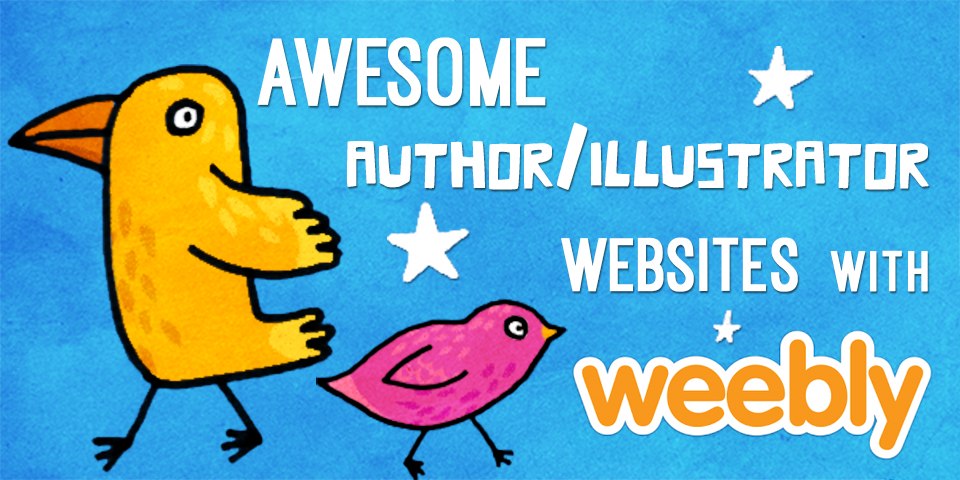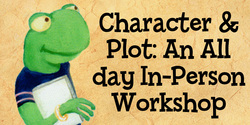|
by Bryan Patrick Avery It’s Womens History Month, and throughout the magic world, we’re celebrating female magicians. Suzanne, Alison Easton, Misty Lee, and Billy Kidd are just a few of the women who have helped advance the conjuring arts. As a magician, and a father, it’s important to me that my daughter see these women in action to help reinforce that she can become anything her heart desires. The same is true when it comes to books. It’s important to me that my daughter’s bookshelf be populated with stories featuring a wide array of characters including books featuring unique, endearing, and independent female leads. One such book is Sara Pennypacker’s Clementine, illustrated by Marla Fraze. It’s a hilarious look at one little girl’s “not so good of a week”. The story is both funny and heartwarming, as Clementine attempts to help a friend through a crisis with disastrous results. In addition to being a great read (my daughter and I both read it in one sitting) the book is a great resource for writers looking for strong writing examples to strengthen their own work. I recently had the opportunity to hear Sara Pennypacker speak at the SCBWI Winter Conference. She stressed the need to leave room for the reader. At the end of the first page of Clemetine, we read “Someone should tell you not to answer the phone in the principal’s office, if that’s a rule.” The reader decides for herself that Clementine must have answered the principal’s phone, and that that action led to negative consequences, all without the writer having to explicitly state it. It leads to a more engaging experience for the reader which explains why the Clementine series is a New York Times best-seller. Another wonderful book we love is Ada Twist, Scientist, written by Andrea Beaty and illustrated by David Roberts. A rhyming story, this #1 New York Times bestseller is the third book in a series which includes Iggy Peck, Architect and Rosie Revere, Engineer. Ada Twist is a curious young girl with lots of questions. We follow her on her quest to discover the source of a terrible smell as she ends up finding her passion: science. One side note, we also love this story because it features Ada Twist, a young black girl, just being a kid. Her skin color is completely unimportant to the story and we need more books that feature diverse characters just doing regular things. Lastly, since we’re perusing my daughter’s bookshelf, she wouldn’t forgive me if I didn’t mention Rachel Renee Russell’s Dork Diaries series featuring the diary of Nikki J. Maxwell. This series has become my daughter’s favorite (I frequently have to remove one or more books from underneath her pillow each morning) in no small part because of how relatable the stories are.
Nikki is a middle-schooler and the first book, Tales from a Not-So-Fabulous Life, details a fight with her mom over getting the latest phone, meeting her crush and her new best friends, and facing off against her nemesis. Though laid out in a diary format, the stories are engaging and keep readers coming back for more. That’s all for now. This is just a sampling of the wonderful picture books and middle grade novels featuring some of my (and my daughter's) favorite females leads. Feel free to leave your favorites in the comments below. I’m off to finish my writing so I can prepare for an upcoming magic competition. Have a great month!
5 Comments
by Bryan Patrick Avery Happy New Year! As the new year begins, magicians all over the world are setting goals for 2017. I’m no exception. This year, I plan to (1) compete in my first magic competition, the Joint IBM/SAM Close Up Competition in Sacramento, (2) invent a new trick (I’ve got a good one in the works), and (3) meet at least one of my magic idols (I’m thinking Michael Vincent). I have quite a few writing goals as well. Like many writers, I spend the start of each new year thinking about craft. Inevitably, that leads to me to peruse my bookshelf to review some of my favorite books on writing. The first, which I always return to, is James Scott Bell’s Plot and Structure. Bell has a great way of looking at plot, through a method he calls LOCK. LOCK stands for Lead, Objective, Conflict, and Knockout Ending. Whether you’re writing picture books, middle grade or YA, LOCK is a magical way to boil your plot down its most essential parts. In addition, Bell provides what I consider to be one of the most helpful approaches from transitioning from one act in a story to the next. Using the analogy of a doorway through which the character can pass, but not return, Bell encourages writers to think of their character and plot as something that moves forward, without the ability to retreat. The Doorway from Act I into Act II, then, changes the character’s world in a way that can’t be reversed and propels her towards the conclusion of the story. Another favorite of mine is Fast Fiction, written by Roberta Allen. I’ve had this book since it was first published in 1997 and it’s just as useful now as it was then. Allen has provided a list of writing prompts with the idea that the writer chooses a prompt and write, uninterrupted, for five minutes. Some of the prompts are straightforward. Other include a photo (Photo 7 is titled Woman with hand on mouth). There are questions which accompany the photos which act as prompts. My favorite is “What Lie Has This Woman Told?” Fast Fiction is a great way to get the creative juices flowing on a new story or even provide a needed boost to an existing story. Twenty Master Plots (And How to Build Them) occupies a special spot on my bookshelf. It’s my go to book when I’m fleshing out my plots. Written by Ronald B. Tobias, Master Plots highlight the story structure of 20 primary plots (e.g. Rescue, The Riddle, Transformation, Love, etc.) What’s great about the book as that it not only describes the overall story arc for each plot, but also breaks down each arc into a three-act structure. Tobias provides tips for what should happen in each act and a checklist for each plot structure of all the elements which will help drive the story. I’ve used this for my middle grade novel and, most recently, laying out the plot of one of my picture books.
As the new year begins, all three of these books have made it off the bookshelf as I work towards finishing a couple of in-flight projects. I’m certain that help me (and you) add some magic to world of kid’s literature. One last thing before I go. One of my writing goals is to make it to more writing events and conferences this year. I’ll be headed to SCBWI’s Winter Conference next month and the Summer Conference later this year as well. I’ll also try to find my way to some other events as well. If you see me, come say hi. We can talk books, magic or both. Happy writing! by Bryan Patrick Avery In magic, there are a few classic effects that always seem to be enjoyable, no matter how many times we’ve seen (or performed) them. Effects like the Cups and Balls, where small balls travel magically from cup to cup, continue to astound and amaze audiences. Even when spectators believe they know the secret, the effect can still have a positive impact. The same can be said about the books we read. Some stories just grab us and refuse to let go. These stories become classics. But what makes them so? Take, for example, Last Stop on Market Street, winner of the 2016 Newberry Medal and a 2016 Caldecott Honor Book. Written by Matt de la Pena and illustrated by Christian Robinson, it tells the story of CJ, who travels on the city bus with his grandmother one Sunday after church. CJ spends the trip peppering his Nana with questions, each one highlighting something CJ feels is missing in his life. Nana responds calmly to each question, pointing out how much CJ has to be grateful for. Eventually, Nana speaks the line which, to me, makes the whole book. CJ asks Nana why the part of town they’re in is so run down. Nana responds “Sometimes when you're surrounded by dirt, CJ, you're a better witness for what's beautiful.” The line is perfect, both lyrical and thought-provoking at the same time, all without being heavy handed. It’s a memorable moment in a memorable book, making it an instant classic. Another classic book I love is 2000 Newberry Medal winner Bud, Not Buddy by Christopher Paul Curtis. My daughter’s sixth grade class is reading the book now and it’s amazing to see how they’ve been pulled into Bud Caldwell’s quest to find his father. Kids seem to relate to Bud, which may seem strange when you consider that Bud is runaway in 1930s Michigan. I think his self-reliance (how many kids wouldn’t love to have suitcase of special things) and determination are qualities kids wish to see in themselves and, therefore, enjoy reading about. What might be most engaging for kids, though, is what Bud says about ideas: “…before you can say Jack Robinson, they've gone and grown a lot bigger than you ever thought they could”. Every child, and adult for that matter, can relate to getting an idea that just grows and grows until you have to do something about it. Bud’s idea, and his drive to see it through, pull us into the story and make us want to come back again and again. There are, of course, many others. J.D. Salinger’s Catcher in the Rye, Lord of the Flies from William Golding, Eric Carle’s The Very Hungry Caterpillar and Where the Wild Things Are by Maurice Sendak all come to mind. They are classics, books we can return to again and again. They are books we gift to others so they can share in our joy. But most of all, like the best classic magic tricks, they continue to fill us with wonder.
by Bryan Patrick Avery Not long ago, I watched a magician perform a card trick for a small audience. The trick had a great premise and started off strong. In the middle, he combined humor and a bit of suspense to keep his audience’s attention. Then, he got to the end. The trick ended awkwardly. In fact, none of us realized he had reached the end of the trick until he spread his arms out wide, said “and that’s the trick”, and strolled off the stage. He left us bewildered and a bit disappointed. As writers, we often run into the same problem with our stories. A magic trick is, after all, just a story. It has a beginning, a middle, and an end. The beginning and middle keep the spectator (or reader) interested but it’s the ending that ultimately provides the satisfaction (or not). Magicians and writers must carry the story all the way through to the end in order to create the best experience possible. But how? I struggled with this years ago when I wrote my first play for my high school drama class. It was a one act piece called “The Box”. It was then that I learned about the very Hitchcockian “water cooler” principle. The idea is to create a story that will have people gathering around the water cooler to discuss it once they read or see it. In my case, the last thirty seconds of the play took place in total darkness. At the end, you could hear just three things: a scream, two gunshots, and something fall to the floor. The audience was left to determine what happened. A great example of this approach at work in children’s fiction can be found in Bruce Hale’s Chet Gecko Mystery, “A Malted Falcon”. Hale’s hero, private eye Chet Gecko, is hired to find the winning ticket in the Malted Falcon contest. The Malted Falcon is described as the “biggest, most chocolatiest, most gut-busting dessert ever imagined” and the ticket entitles the winner to a year’s supply. I won’t give away the ending but Hale’s Malted Falcon raises two questions: (1) Will Chet find the ticket? and (2) If he does, will he return it to its rightful owner or will he keep it for himself? The ending lets the reader reach her own conclusions. Another type of ending that works well is when the story comes full circle. Laura Numeroff’s “If You Give…” series, illustrated by Felicia Bond, uses this approach with great success. In “If You Take a Mouse to the Movies” the story begins with our helpful narrator taking a mouse to the movies. The mouse’s requests start off simple (some popcorn) but quickly escalate (buying a Christmas tree and building a snowman). Once the day is done, the mouse remembers his popcorn. When he gets the popcorn, it’s back to the movies all over again! When she was younger, my daughter loved this series. We would read them again and again, following the mouse through his escalating requests until we had come full circle and would start all over again. One of the most satisfying endings comes when something significant changes for the main character at the end of the story. In “The Ghostwriter Secret”, book two in Mac Barnett’s Brixton Brothers series, Steve Brixton is a young detective who has been greatly influenced by the Bailey Brothers Mysteries. When he takes a most perilous case, Steve discovers that his hero, the author of the Bailey Brothers Mysteries is a criminal mastermind. As a result, he quits the private detective business.
As you're working on your stories, give some thought to how your ending will impact the reader. As with my magic tricks, I try to end my stories with something that will stay with the reader after they’ve finished the story. Whether that’s a mystery to puzzle over, the desire to read it once more, or the hope that they’ll meet up with the characters again, the ending can be, in itself, a new beginning. Happy writing! by Bryan Patrick Avery As a magician, I’ve always believed the best magic tricks are the ones where the spectator experiences the magic first hand. A great example of this is the sponge balls trick. I hold a red sponge ball in my fist and give one to the spectator to hold in theirs. With a snap of my fingers, the ball flies (invisibly) from my fist into the spectator’s. I open my hand, and the ball is gone. The spectator opens their hand and they have two balls. The amazement and wonder they get when they see that the ball has traveled to their hand is the same feeling I strive to give readers when I write. Like magic, books have the power to expose us to things we might not otherwise experience. In short, books are magic, too.
We all hear that kids “read up”, meaning that younger readers like to read about older kids. That, I think, is part of the magic of reading. My daughter just finished fifth grade and is headed on to middle school next. She’s spent the year reading about middle school kids like Karma Cooper and loves learning about what middle school will be like.
Whether it’s preparing for the transition to middle school, learning to understand a culture different from our own, or imagining life somewhere far away from home, books can give us experiences we might only dream about. I don’t know about you, but I think that’s magic. |
Meet the Friday Blogonauts
First Fridays will feature Bryan Patrick Avery, published writer , man of mystery, and professional magician among other things.
Second Fridays will feature awesome multi-award winning author Marsha Diane Arnold who will be writing about character-driven and/or nature-based books and/or anything she likes :) Third Fridays will feature independent Aladdin/Simon & Shuster editor Emma Sector who has helped bring many books into the world. Fourth Fridays will feature the great Christine Taylor-Butler who has published over 70 award-winning fiction and non-fiction and nonfiction books including the acclaimed new middle grade series - The Lost Tribes. Fifth Fridays will feature the fabulous Carl Angel award-winning multi-published Illustrator and graphic designer. Join our Tribe
and receive 7 Steps to Creative Happiness, access to free webinars, and lots more!
Your email addresses are always safe and respected with us. Follow our Blog!
Archives
January 2019
Categories
All
|
|
Discover
|
About Us
|
Join Us
Join our Community and receive a fabulous free gift, KidLit tips, newsletters, scholarship info, contests, and more!
Join our KidLit Mentorship |
Social Media
Interact with our FaceBook Group or follow us on:
|
© 2010-2024 All content on this website is copyrighted. Sorry, all courses are non-refundable.
